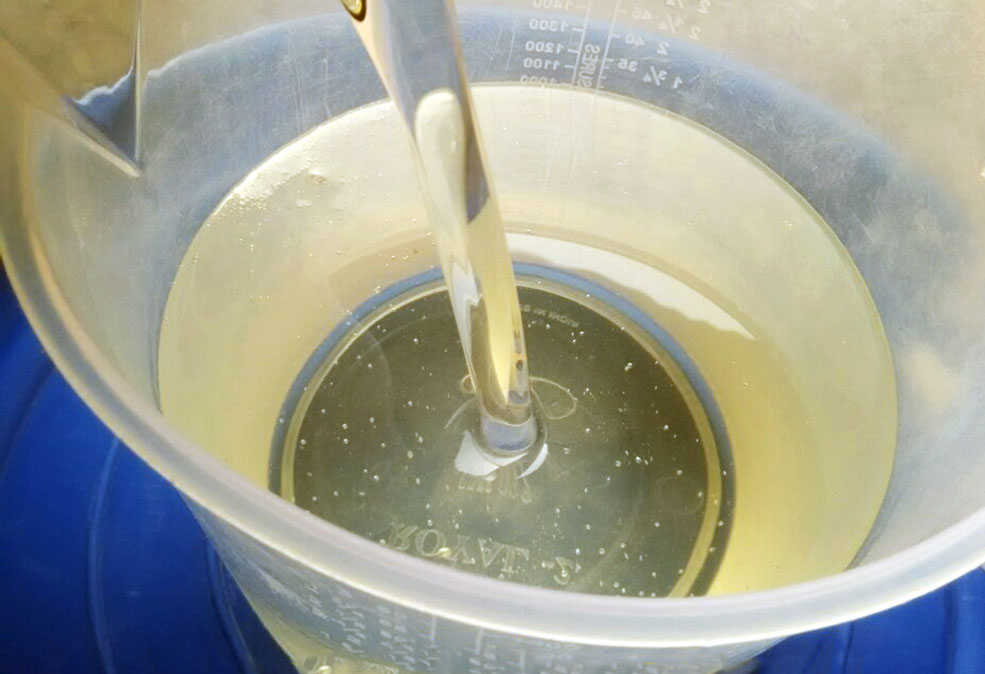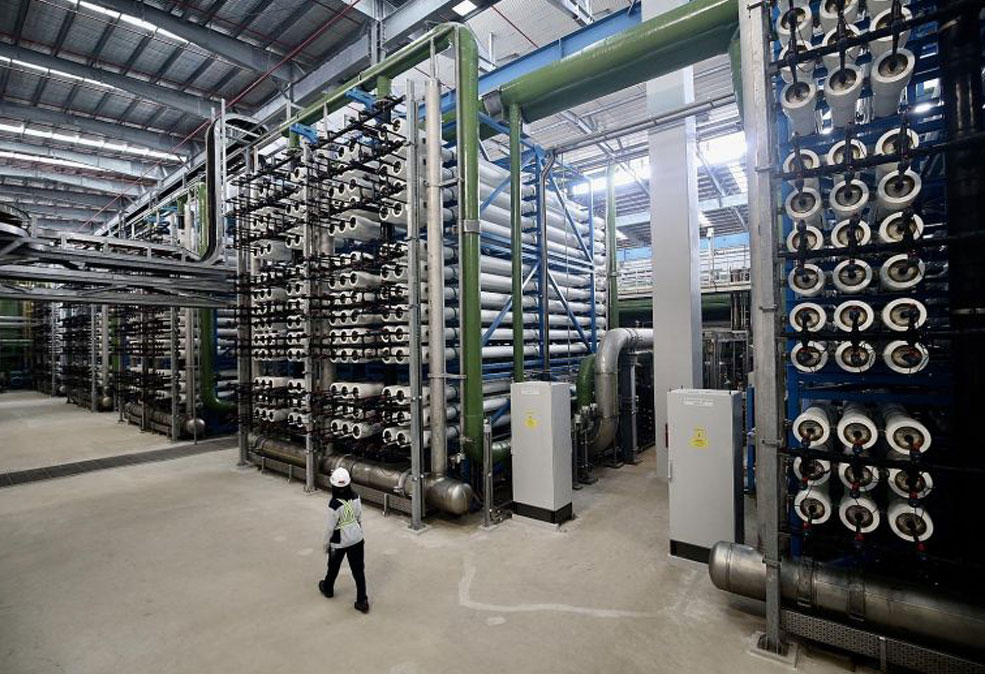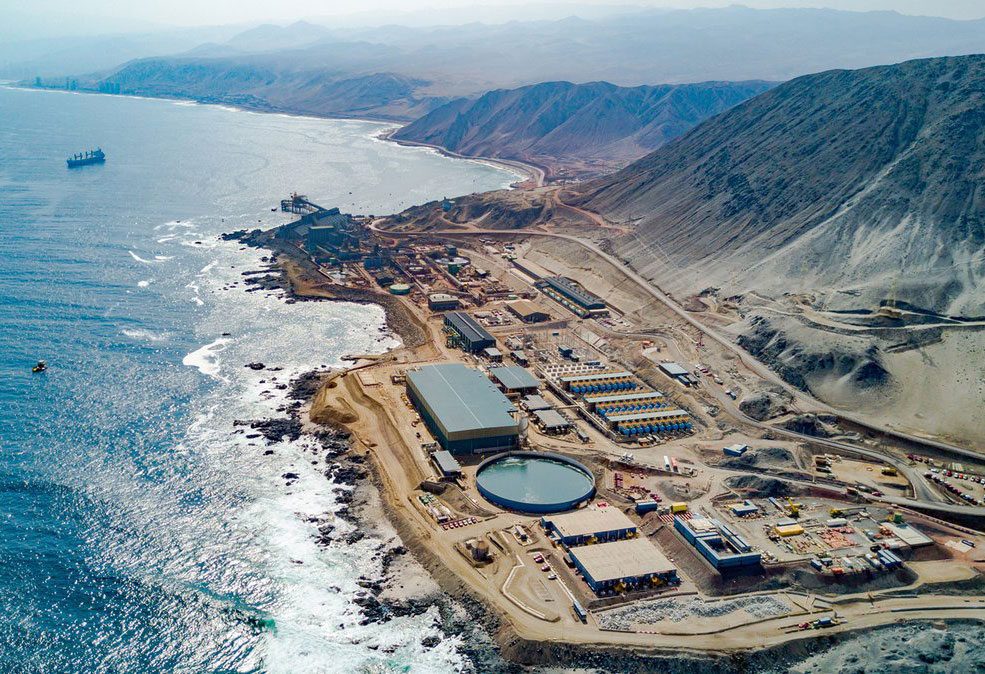Solutions for...
PRODUCERS OF
MEMBRANE CLEANING AGENTS
SURPHASE enables designing a strategy toward the most sustainable use of detergents. This means a significant advantage for cleaning agent producers over their competitors.
We have learnt that our device offers producers of cleaning agents a unique tool to test their formulations in situ and in real time. This is in stark contrast to current trial&error approaches which are unable to systematically verify the actual detergent efficiency, both ecologically and economically.



